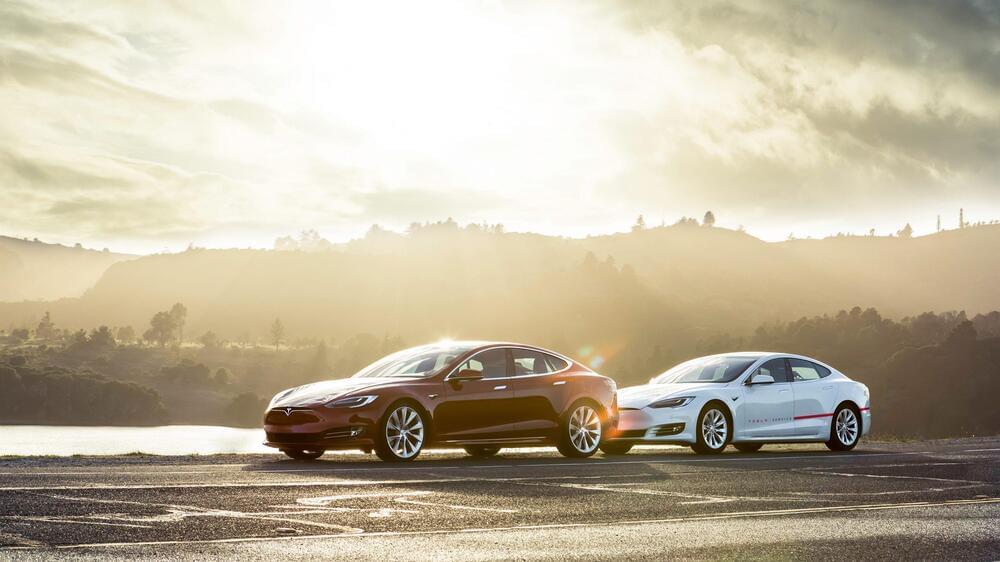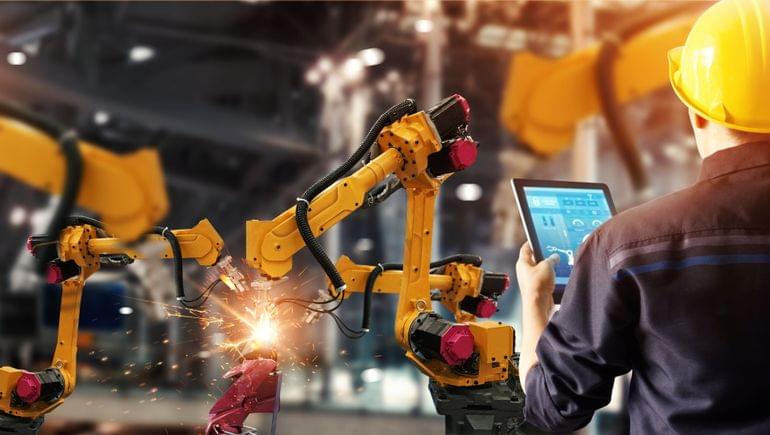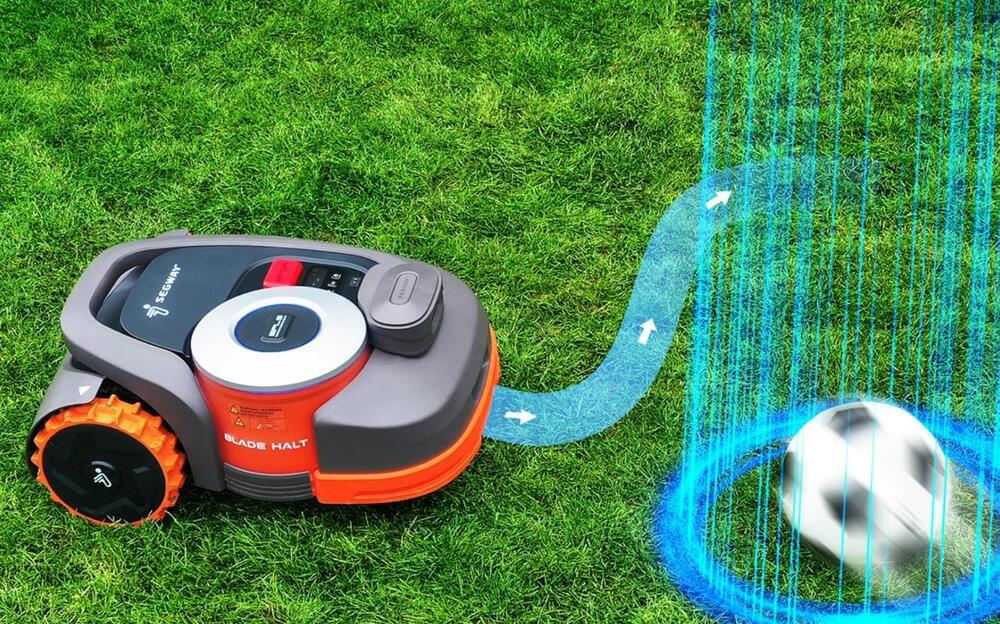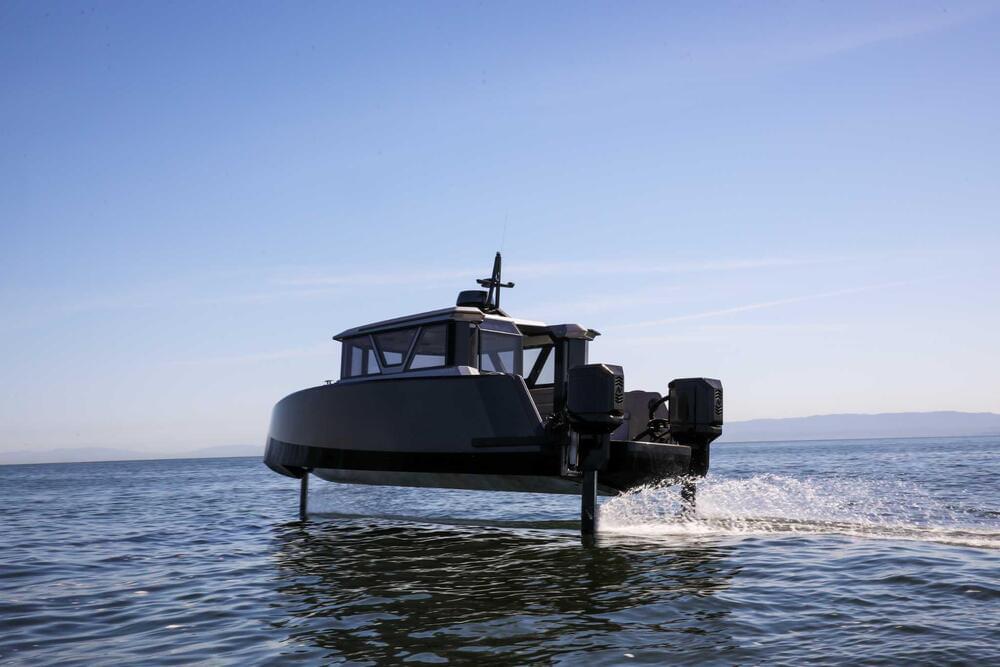Elon Musk has been pretty open about the idea of using social media platforms like Twitter to communicate directly with customers. Tesla highlighted this in its 2022 Impact Report, with the company noting that its social media accounts have helped it reach 1 billion views on Twitter last year.
With Twitter now being owned by Elon Musk, it is no surprise that his companies like Tesla are now more active on the platform. And in a recent post, the official Tesla account asked Twitter users what it could improve. The EV community, from fans to longtime owners, responded, to a great degree. As of writing, Tesla’s post has attracted over 22k comments.
A look at the comments on Tesla’s post would show that there are numerous calls for better service. Service has been Tesla’s Achilles heel for some time now, and with the company adopting a “best service is no service” stance, some owners have reported experiencing difficulties contacting Tesla for issues with their vehicles. Comments on Tesla’s post suggest that customer service is still a key point of improvement for the company.





